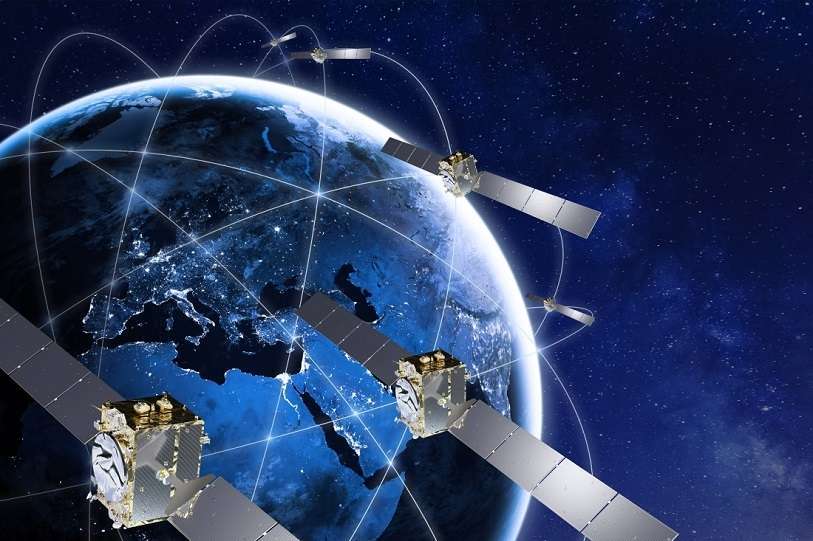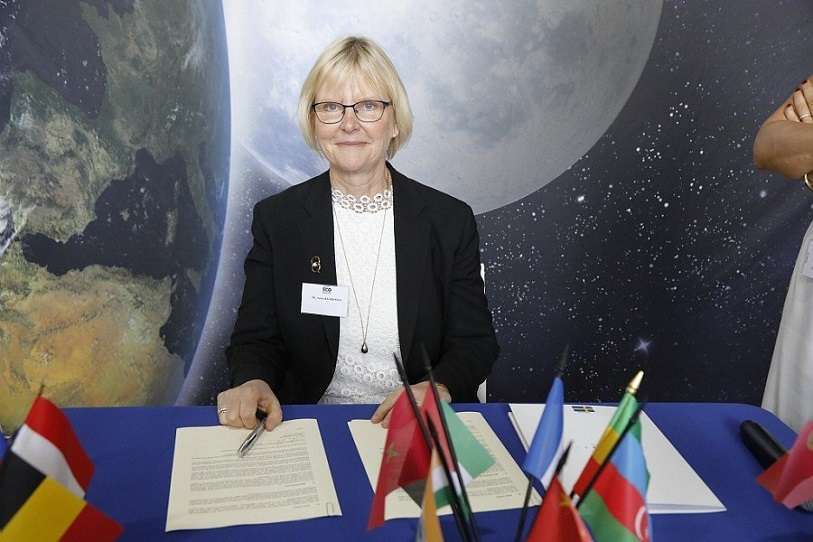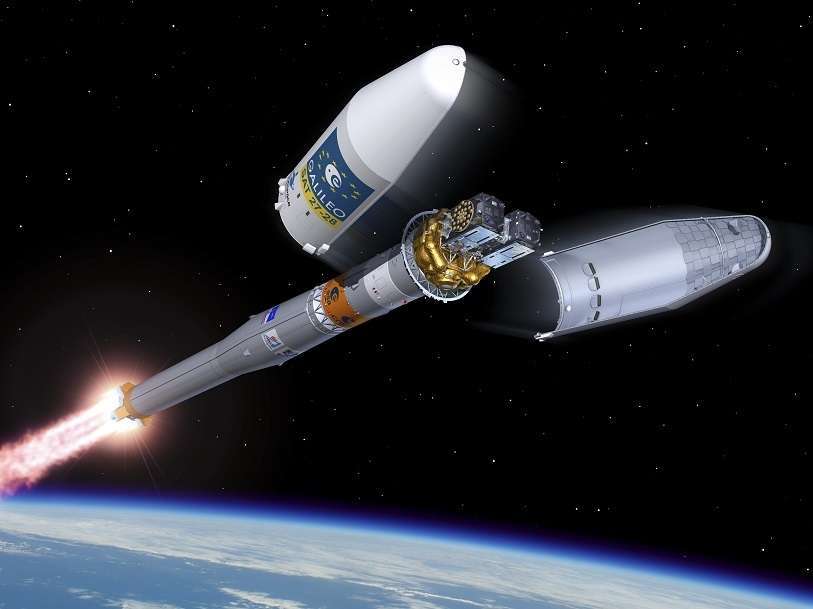Spaniard Javier Benedicto joins the European Space Agency's Court

The director general of the European Space Agency (ESA), the Austrian Josef Aschbacher, has entrusted the Spanish Javier Benedicto with the command of the Navigation Directorate. His appointment entails assuming full responsibility for Galileo, the European global positioning and navigation constellation owned by the European Union, but which is a joint project of Brussels and ESA, a non-EU organisation.
After almost four years without a compatriot at the top of ESA's management board, Javier Benedicto's appointment - effective from 16 February 2022 - means that Spain once again occupies a very high position in the Agency. His appointment places him at the head of one of ESA's most promising technological areas for the coming decades, with responsibility for Europe's largest satellite fleet.

On Javier Benedicto's shoulders will rest the completion of the deployment of the Galileo satellites and ensuring the proper functioning of their signals, which are used by more than 2 billion people around the world, many of them without realising it. It also involves the development and launching into orbit from 2024 of the second generation Galileo satellites, which will provide centimetre-level precision for locating any type of object or person equipped with a Galileo receiver.
The official designation of the Spaniard took place today, Thursday 21 October. It was proposed by the head of ESA, Josef Aschbacher, as were two other new senior officials, Italy's Simonetta Cheli - appointed Director of Earth Observation Programmes - and France's Géraldine Naja, for the Directorate of Marketing, Industry and Procurement. But the appointments were made by the ESA Council, chaired by Sweden's Anna Rathsman, who, as Director General of the Swedish National Space Agency, represents her country on the Agency, as do the two Vice-Presidents of the ESA Council, a Swiss and a Spaniard.

The one representing the Swiss country is Renato Krpoun, head of the Swiss Space Office. The other vice-president is Juan Carlos Cortés, director of Space, Large Infrastructures and Dual Programmes at the Centre for the Development of Industrial Technology (CDTI), the organisation of the Ministry of Science and Innovation responsible for managing the participation of Spain and its industry in the Agency's space programmes. Together with his team of technicians, Cortés has actively defended Spain's views on ESA's effective governance in recent years.
The Spanish presence in the ESA director general's senior staff had been non-existent since astrophysicist Álvaro Giménez stepped down as director of science at the end of 2017. His resignation came as a surprise, when he still had two years left to complete his mandate, apparently due to a lack of harmony with the then newly appointed director general of the Agency, the German Jan Wöerner, who was taken over eight months ago by the Austrian Aschbacher.

The appointment of the Spanish telecommunications engineer to a position of total confidence of the head of ESA is recognition of the role that Javier Benedicto has played and has been playing at the Agency for more than 35 years. Aged 64, he enjoys great professional prestige worldwide in the field of satellite communications. He joined ESA in 1985 to work on the development of microwave equipment for television and mobile telephony at the ESA Research and Technology Centre (ESTEC) in Noordwijk, the Netherlands.
In 1995 he was appointed head of the EGNOS initiative, which later developed into the Galileo space constellation, of which he became project leader in 2000. Since then, he has devoted his heart and soul to overcoming the enormous technical complexities involved in realising the European global positioning system, which competes with the American GPS, the Russian GLONASS and the Chinese Beidou.

The biggest challenges facing Javier Benedicto are at least twofold. The first is to complete the Galileo constellation by putting the last dozen satellites into orbit. Two are already at the space base in Guyana awaiting launch into space before the end of 2021. They will join the 26 satellites in orbit, 22 of which remain operational and are providing initial services around the world. Another four are scheduled to fly in 2022.
The second major challenge is to oversee in a timely manner the development of the new fully digital technologies and equipment that will be on board the 12 new Galileo Generation II (G2) platforms. Their deployment in space is due to begin in the middle of this decade, making the project a race against the clock.

ESA is currently evaluating on test benches in Germany and the Netherlands the reconfigurable hardware of the sophisticated antennas that will carry the new G2 satellites, which have been contracted to the German company Airbus Space Systems GmbH and the French-Italian company Thales Alenia Space to design and manufacture them for 1.47 billion euros. Although they belong to two different families of platforms, those manufactured by the two companies must meet the same technical specifications, which Javier Benedicto's team is responsible for verifying.
The new ones house a more powerful navigation antenna with the ability to reconfigure themselves in orbit, enabling them to respond quickly to changes in the international market. They include highly accurate atomic clocks and shielding to protect them from interference and safeguard their signals. And they have electric propulsion, which allows them to navigate with low power consumption from the initial orbit in which they are placed by the launch rocket to their final orbital position at an altitude of 23,222 kilometres.

The full Galileo constellation will consist of 24 satellites over three orbital planes, plus two backup satellites per orbit, bringing the number of platforms in space to 30. The United States sees Galileo as its main global competitor in navigation services, as until its entry into service at the end of 2016, the US Department of Defense's GPS network had a monopoly on satellite positioning systems.










